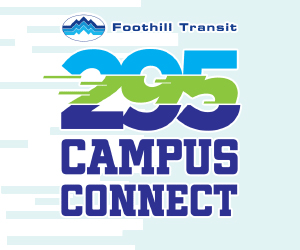People living in walkable cities may have high housing costs, but they also tend to have low transportation costs and better access to jobs, according to a new study from Smart Growth America [PDF].

SGA ranked the 30 largest American regions according to the share of rental housing, office space, and retail located in areas with high Walk Scores. Then, using data from the Center for Neighborhood Technology, each region was also assigned a "social equity index" score based on housing and transportation costs for moderate-income households, as well as the number of jobs residents can access.
SGA found a significant link between walkability and its equity index, even though housing costs tend to be higher in walkable places.
In the areas with the highest walkable urbanism score, housing costs per square foot are indeed quite a bit higher than in car-oriented places -- 93 percent higher, according to SGA. But moderate-income households in those six regions also have lower transportation costs -- about 19 percent of their income, on average, compared to 28 percent in the least walkable places. Residents of compact places likely pay for less square footage than residents of spread-out places.
All told, SGA found that moderate-income households in the six most walkable regions spend about the same share of their income on housing and transportation combined as moderate-income households across all 30 metros -- about 42 percent and 41 percent, respectively.
Residents of the most walkable areas also have more employment opportunities within a short distance of home, so they not only have more job choices, they're also more likely to be able to get to work without owning a car and all the associated costs that entails. CNT's "Employment Access Index," a measure of how many jobs are within convenient reach of residents, is three times higher for the most walkable regions than the least walkable ones.
The SGA report doesn't mean that walkable cities are as affordable as they should be -- housing costs are certainly getting out of reach for many people in some neighborhoods. But it indicates that walkable places are where people have a better shot at finding work without incurring high transportation costs. America needs to make more places like that.






